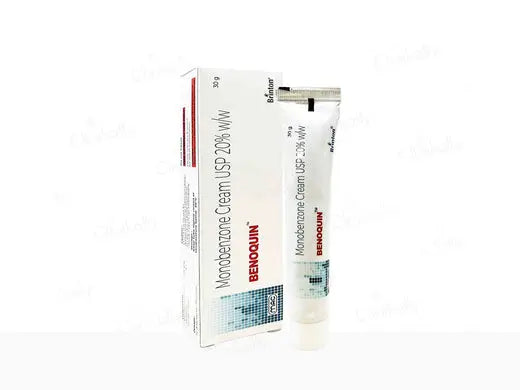
Best Cream for Vitiligo Treatment? : A Comprehensive Guide
Share
Vitiligo is a skin condition characterized by the loss of pigmentation, leading to white patches on the skin. Finding the right cream for vitiligo treatment can significantly improve the appearance of your skin and boost your confidence. In this guide, we'll explore some of the best creams available, their ingredients, and how they can help manage vitiligo.
Understanding Vitiligo
Vitiligo occurs when melanocytes, the cells responsible for skin color, are destroyed or stop functioning. While there’s no definitive cure for vitiligo, various treatments can help restore pigmentation or improve the skin's appearance.
Key Ingredients to Look For When searching for the best cream for vitiligo treatment, consider the following ingredients:
Hydroquinone: Known for its skin-lightening properties, hydroquinone can help even out skin tone by reducing pigmentation in unaffected areas.
Topical Corticosteroids: These anti-inflammatory creams can help reduce inflammation and promote repigmentation.
Calcineurin Inhibitors: Tacrolimus and pimecrolimus are effective in treating vitiligo by modulating the immune response.
Vitamin D Analogues: Calcipotriene can stimulate melanocyte production and help restore color to the skin.
Natural Ingredients: Products containing natural extracts like turmeric, ginseng, and aloe vera can provide soothing effects and support skin health.
Top Creams for Vitiligo Treatment
1. Hydroquinone Creams Such as "Melalite" and "Skinlite", available in various strengths, are effective for evening out skin tone. Look for formulations that combine hydroquinone with soothing agents to minimize irritation
2. Tacrolimus Ointment: Good examples are "Tacroz" and "Tacvido" are often prescribed for vitiligo treatment, particularly in sensitive areas. This topical immunomodulator helps reduce inflammation and may promote repigmentation.
3. Pimecrolimus Cream: Similar to tacrolimus, pimecrolimus is effective for treating vitiligo. It’s generally well-tolerated and can be used long-term without the side effects associated with steroids. Such examples are "Pacroma" and "Elidel"
4. Monobenzone: "Benoquin" Cream is a depigmenting agent. It works by increasing the elimination of melanin (skin darkening pigment) from skin cells. This helps lighten the skin in vitiligo.
Use creams as directed, and be patient; results may take time. -
Sun Protection: Use sunscreen daily to protect sensitive skin from UV damage.
Choosing the best cream for vitiligo treatment involves understanding your skin's needs and consulting with a dermatologist. Whether you opt for prescription options like tacrolimus or pimecrolimus or explore natural alternatives, a tailored approach can help you manage vitiligo effectively. Remember, while treatment can improve appearance, it’s essential to embrace your skin and feel confident in your unique beauty. For personalized recommendations and effective management strategies, always seek professional guidance.
